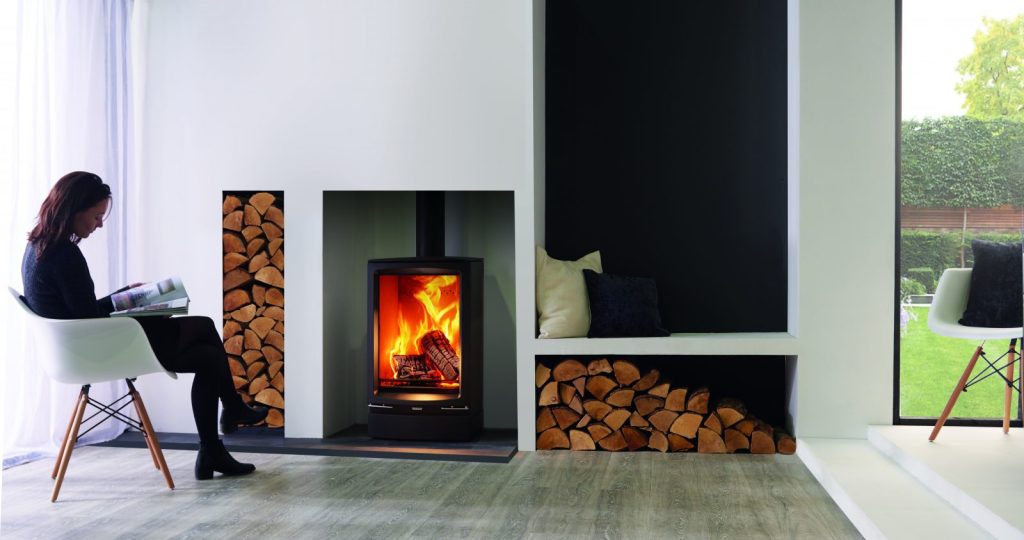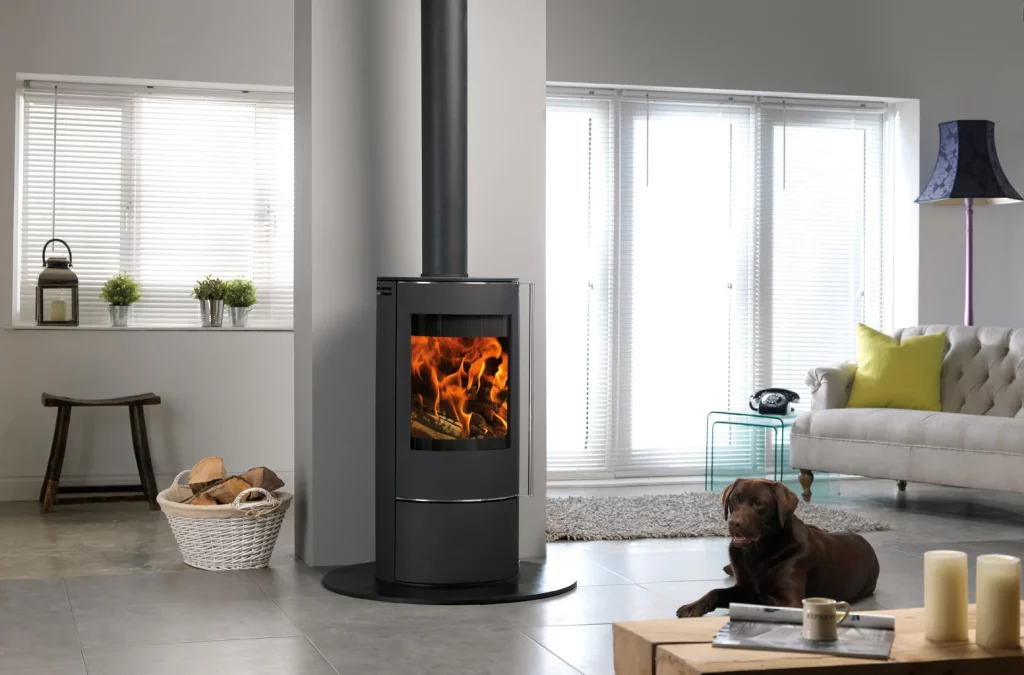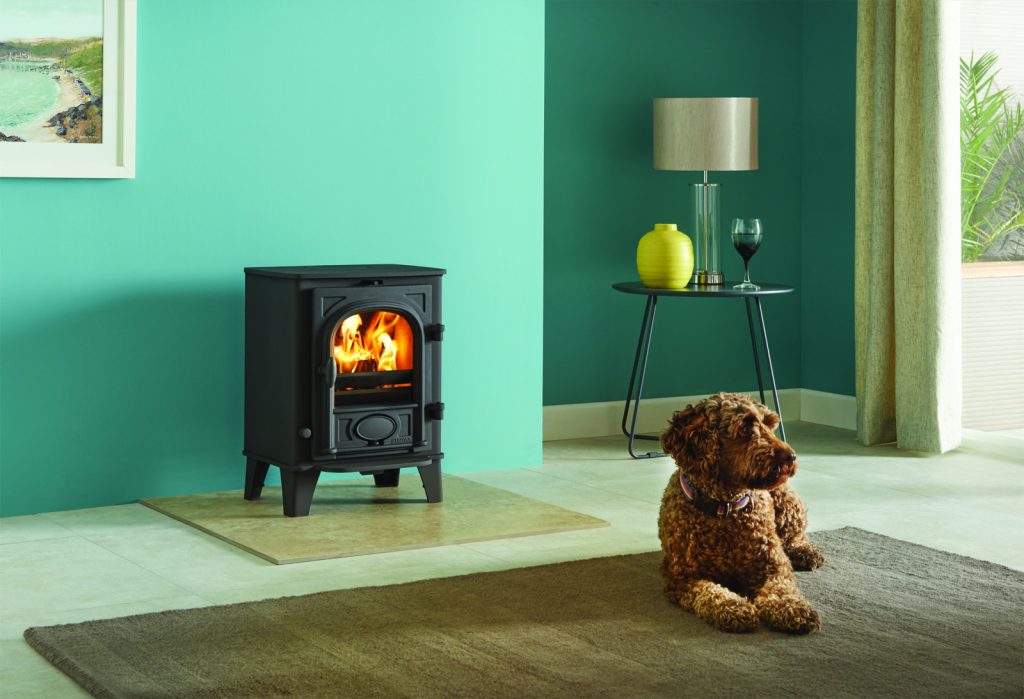Do I Need a Hearth?
The short and simple answer to this is: yes! When having any combustion appliance installed you will feel safe knowing it was done so correctly. Always check it observes current day requirements of hearths in modern installations.
Furthermore, avoid having your wood burning or multifuel stove illegally installed by reading the HETAS approved documents.
We have read through the HETAS Approved Document J for England and picked important points for hearth installation. Read on to find out more.
What Materials?
Hearths must be created from suitable materials and to the correct dimensions. General materials used for stove hearths include granite, slate, glass, and stainless steel. Each offer it’s own positive result.
As such, it is down to personal taste and what is suitable for your appliance.
Hearths stop embers or fallout from burning the surrounding area.
Firstly, make your hearth ‘clearly visible’ to anyone who might walk by. This allows them to notice a safe distance to avoid unintended harm.
Secondly, provide different levels from your flooring and the hearth. This prevents flammable floor finishes, such as carpet, being laid too close to the appliance.
Temperatures Matter!
Provide a hearth relevant to the temperatures that your appliance produces. This must hold the weight of the stove as well as its chimney (if the chimney is not independently supported).
Stand your appliances above hearths made from 12mm thick non-combustible board material or tiling.
Constructional hearths must have the correct plan dimensions. See page 39 of the Approved Document J for England, on HETAS website. In addition, they must be made of a non-combustible material. For instance, concrete or masonry. Make this 125mm thick, including the thickness of any non-combustible floor and/or decorative surface.
Combustibles
Finally, solid fuel stoves must be installed onto a hearth. This means it is surrounded by a surface free of anything combustible.
This could be part of the surface of the hearth provided or the surface of a covered hearth laid wholly (or partly) upon a constructional hearth.
Flammable material should not be placed beneath constructional hearths. However, this can be done if there is an airspace of at least 50mm between. Additionally, the combustible material must be at least 250mm below the top of the hearth.
Acknowledge and Comply
Acknowledging these regulations will ensure you receive your installation in the best and safest state. We want you to enjoy your stoves but not before safety measurements are observed!
Ensure a qualified HETAS engineer fits your stove and certifies it to be compliant with current day regulations.



